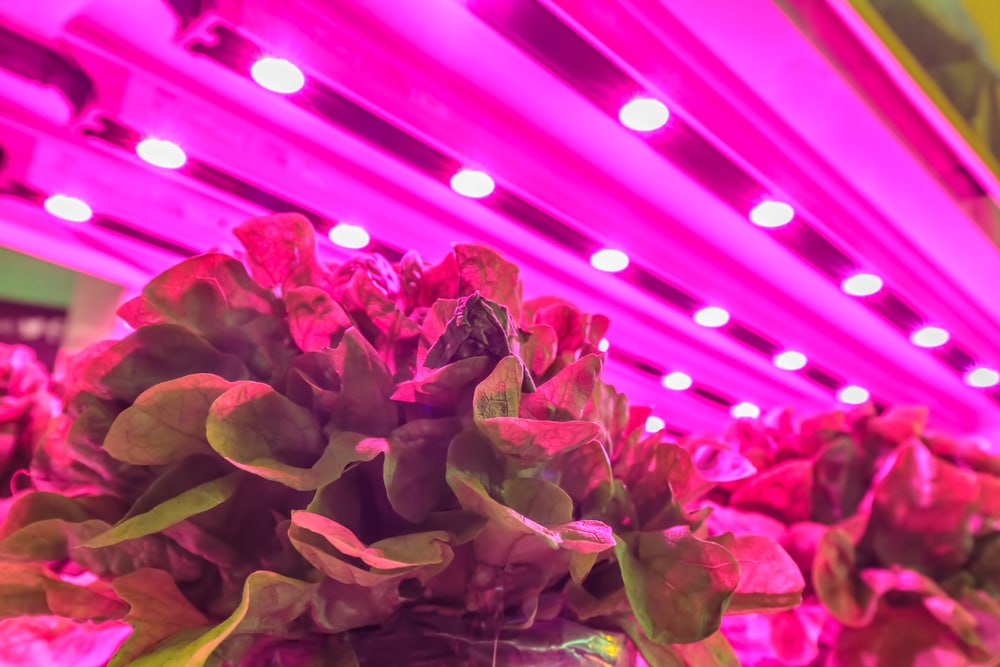You long to walk around in a sunhat and dungarees, a stalk of wheat perched precariously between your lips, to call yourself a farmer, but you live on the 12th floor. Dig a plastic container out of your recyclables. Poke holes in it and sow your grains — rye, flax, barley. Drop-in a little compost and add water. Et voila. You’ve got yourself a verdant meadow that’ll strike envy into the hearts of all your neighbors. Sure, they might not exactly be the best vegetables to grow indoors under lights, but they’re a great first step.
You can grow vegetables on your windowsill, too, provided it’s a particularly sunny one. You’re likely to have the best luck with microgreens — nutritious baby leaves of salads and other vegetables. They’re high in iron and vitamin A and make for a mighty pretty garnish. The leaves are to be harvested when they’re 5cm long, so each sowing amounts to a single harvest. We’ve had success growing them in everything from takeaway trays (using the lid as a saucer) to window boxes. Sow the seeds thickly, but not crowded around one another. Dill, carrot, brassicas, watercress, and peas all make excellent microgreens.
You can even grow mushrooms in books: just place mushroom spawn inside a paperback (the one you don’t want anymore!), moisten and wait for a bloom of fungus to spring forth from between the pages.
But you aren’t limited to oats grown in a yogurt cup, or vegetables on a windowsill, or mushrooms in your literature. You don’t need a farm, or even a yard to be able to successfully grow your own food. You’d be amazed at what you can grow in pots, or on your kitchen counter, or in a courtyard, especially under lighting.
While you won’t be able to forego the grocery store entirely, you can certainly brighten up your meals and your home.
What Are Grow Lights?
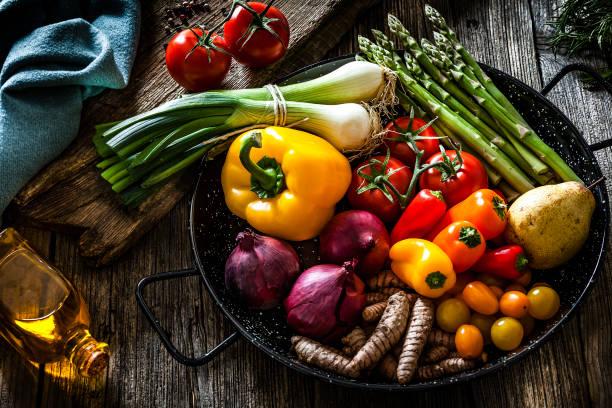
Once upon a time, not too long ago, grow lamps were huge, massively ugly contraptions it was a pain to use. Think meter long fluorescent tubes that required an ungainly, complicated network of stands and cables and reflectors to work. And their electrical consumption was on par with that of a small AC unit so on top of being hideous and expensive, they were bad for the planet, too. It’s small wonder that they were as unpopular as they were.
However, relatively recent breakthroughs in LED technology have created efficient, cool-running grow lights that are cheap to both buy and run and guzzle up to 90% less electricity. Most importantly, they’re portable and sleek and make stylish planter/lamps.
But why bother with lighting in the first place? Half the fun of gardening is well, getting out into the garden, and getting your hands dirty — staging a temporary escape from the relentless technological progress that dictates our lives.
Well, for starters, not all of us are fortunate enough to have gardens. When your dark, high-rise apartment is the only space you’ve got, lights can help you grow plants in corners that were previously inhospitable to everything but spiders. For the avid plant collector, or budding apartment-farmer living in a north-facing building where lack of light is an even bigger problem, that’s huge.
The types of grow lights include:
- LED lights
- Fluorescent lights
- Incandescent lights
- High pressure sodium and metal halide lights
What Color Light Do Plants Grow Best In?
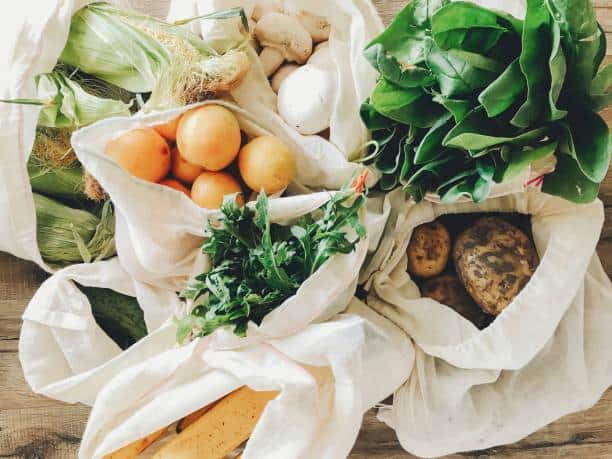
The short answer is red and blue. The long answer is that there are so many different types of stars in the universe, and our particular star gives off lots of red light. Naturally, plants evolved to take advantage of the most readily available, numerous types of light photons (think of them as being packets of light of energy). But blue photons are higher in energy than red ones. Therefore, the more blue light a plant absorbs, the more efficiently it can photosynthesize. Green photons exist too, but they’re not super useful to plants.
How Long Should Grow Lights Be On?
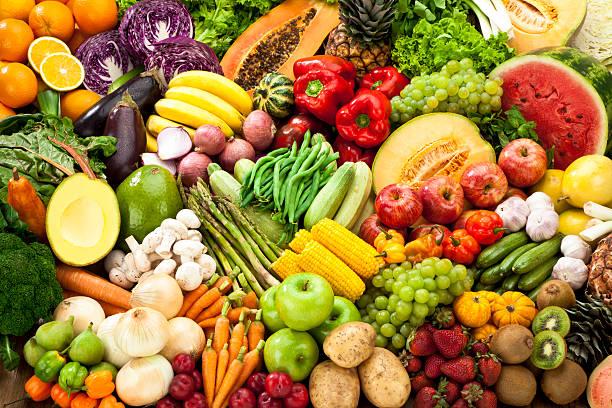
Plants grown indoors need more light than their outdoor counterparts! 14 to 18 hours of light per day is recommended for most vegetables when grown under artificial lighting. It’s tempting to leave the lights on 24-7, but refrain from doing that – your plant needs at least 6-8 hours of uninterrupted darkness a day.
It also depends on what sorts of plants you’re growing — in order for peas and tomatoes, for example, to flower and fruit they need very bright light for nearly all hours of the day.
How Close Should Grow Lights Be to Plants?
It’s important to note that while LED lights don’t give off a lot of heat, plants can tolerate them being much closer than older, traditional lighting lamps. However, the best setup is one that’s adjustable, and that you can move around in accordance with your plant’s particular needs! A good rule of thumb is 12-30 inches from mature plants and 8 inches away from seedlings.
The Best Vegetables To Grow Under Indoor Lighting:
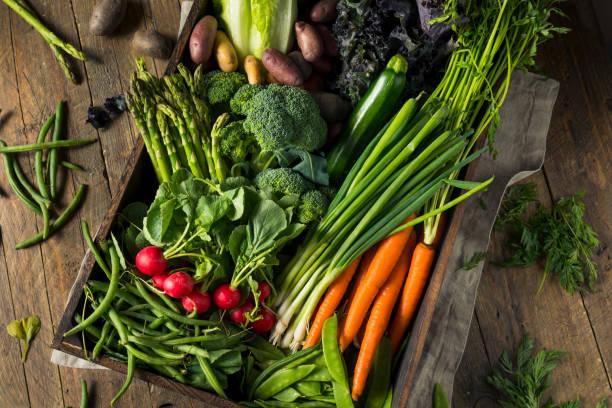
If you’re a beginner, easy-to-grow vegetables like zucchinis and peas are a good foray into the world of apartment gardening and make for a great confidence boost, too, but the real criteria for what to plant should be what you love to eat!
To that end, here are all the mouth-watering favourites we’ve got growing in our own apartment gardens:
Chillies
Coming in hot, chillies are a crowd-pleasing fan-favourite of small scale gardeners everywhere! You just can’t go wrong with a big, ripe crop of flaming, fragrant red hot peppers.
Carrots
Carrots are a no-brainer: they don’t need that much space, and they’re delicious in everything from salads to cake. They like the cold, though, and need deeper soil than other vegetables so be mindful of that. Make sure they get plenty of light, at least 12 hours a day.
Radishes
Radishes are quick growers, with only 30 to 40 days from germination to harvest. They don’t need as much light, but they do need a little more room for their bulbs to grow.
Green Onions
Green onions do well indoors because they’re low maintenance and easy to care, plus they don’t require as much sunlight as some other vegetables. You might opt for growing them by seed, or you could just replant the root end of the green onions after using the top.
Potatoes
It might surprise you to learn you can grow potatoes (both sweet and regular) with scraps! Start with a sprouted potato and cut it up into chunks, laying them out sprout-side-up on at least four inches of soil.
Conclusion
Our site is all about growing your own health food. Advances in indoor lighting have made growing your own healthy food indoors easier and more cost effective than ever.


